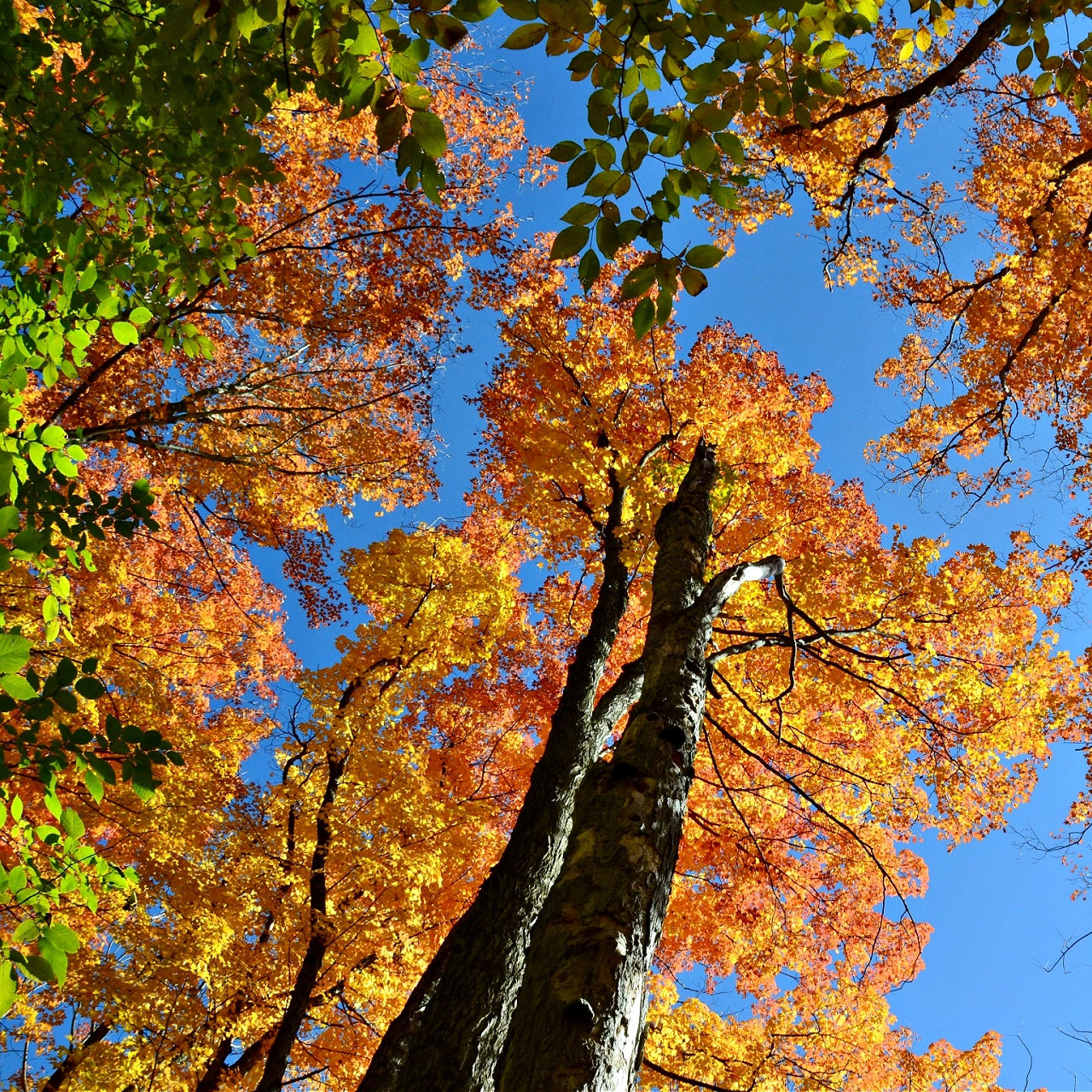
Black Gum Tree
Black Gum Tree
Black Gum Tree
The Black Gum tree (Nyssa sylvatica) is another excellent choice for your residential or commercial property, and if you admire natural, symmetrical beauty, this pyramid-shaped tree is a surprise. The plant also delivers gorgeous color in summer and fall and often features stunning red, yellow, orange, and purple leaves in autumn. Best of all, novice gardeners can quickly grow this tree and enjoy the exquisite visual interest it brings to any location.
The Black Gum tree thrives in USDA zones 4 to 9 and does well in several climates.
The plant can handle heat and cold and isn't bothered by any soil. For instance, the Black Gum tree would prefer soil with good drainage and a loamy, acidic-pH content but will also grow under poor drainage or with clay, sandy, or gravelly soil. Since this tree type grows slowly and will take several years to attain mature height (30 feet), you want to plant the Black Gum in a permanent location so that its long taproot can continue to reach deep under the ground and establish itself. Also, choose a spot that will offer your new plant whole to partial sunlight. Arborists suggest that means four hours of direct sunlight on most days. The Black Gum tree has ornamental beauty that others admire when they notice it gracing a landscape. It's an elegant choice to order online for your property that you can find at low prices. The plant ships fast and is delivered anywhere nationwide, which makes it easy to purchase.
In addition, the ornamental tree is strong and doesn't pose issues with diseases or pests.
You'll enjoy the months of April and May when small, pretty, greenish-white flowers bloom that later produce small, fleshy, blue-black fruit balls that birds enjoy. The dark, green, glossy leaves are impressive and can grow from three to six inches. Even the bark of the Black Gum tree is attractive, and fans of this tree liken the bark to alligator skin. It's a must-see, for sure. Watering, fertilizing, and pruning are all minimal for this tree species, so it's not a challenging plant to grow. If you're excited about adding handsome, dependable trees to your landscape, then the Black Gum is an excellent choice as a single specimen/shade tree or used in groups.






